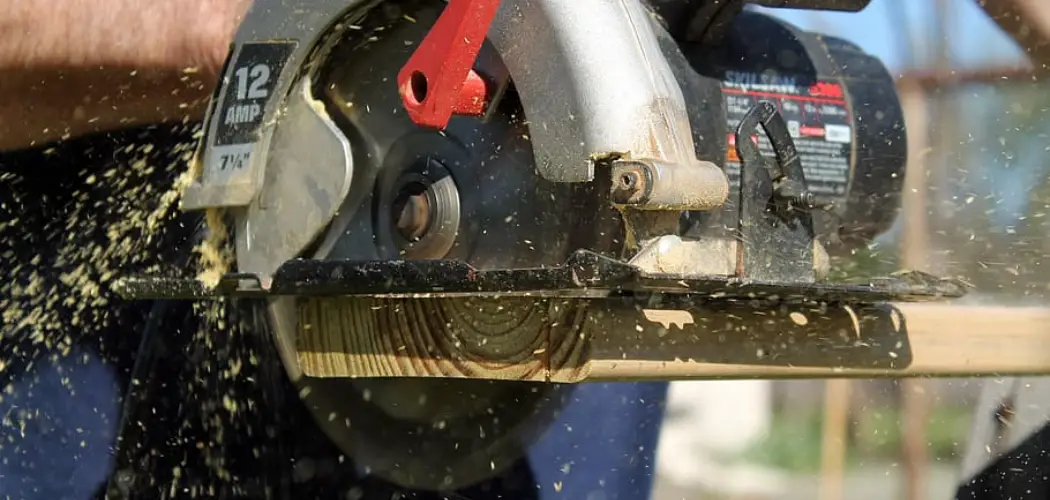When you’re a Woodworker, it’s important to master the basics of ripping larger boards using a Circular Saw. There is something incredibly satisfying about cutting perfectly straight lines and creating precisely measured cuts in wood. But if you’ve never used one before, it can be intimidating – knowing where to start and what techniques will give you the best results. Fear not!
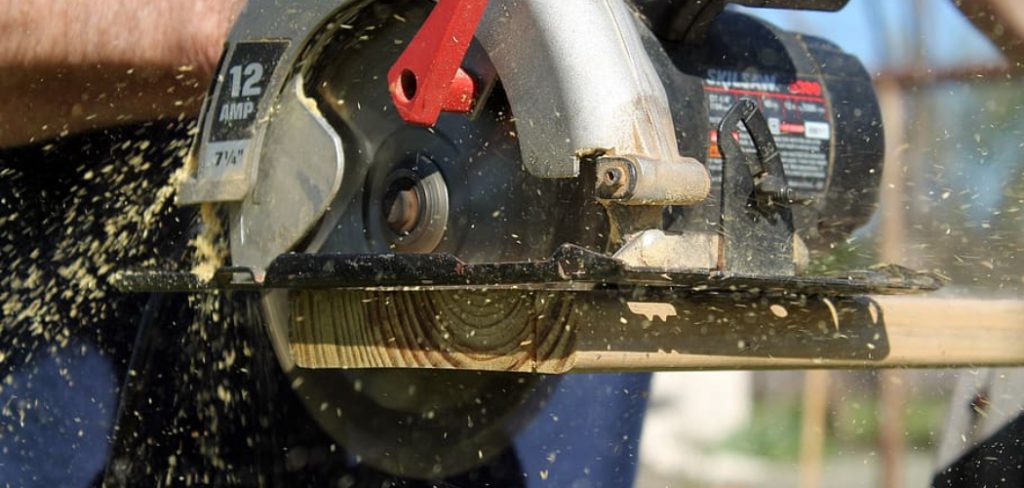
We’ll show you how to rip boards with circular saw safely with accuracy and efficiency. Read on and discover the tips, tricks, and cautions that will help make sure every rip cut comes out great each time!
Step by Step Guidelines on How to Rip Boards With Circular Saw
Step 1: Preparing Your Saw and Materials
Before you start ripping boards, it’s important to make sure your saw is set up correctly. Check the blade guard on your circular saw and that all moving parts are properly lubricated. Also, confirm that the depth of cut is adjusted accordingly for the material thickness you’ll be cutting.
Next, make sure your board is clamped securely to a worktable or sawhorse and is free of obstructions. Be sure to measure and mark the cut line you’ll be following.
Step 2: Making the Cut
Once everything is in place, double-check the blade guard and depth setting on your saw, then turn it on. With a firm grip, guide the saw along your cut line with steady pressure and keep it level at all times. Make sure you don’t linger over any one spot for too long as it can cause the blade to overheat and damage your material.
Once you’ve finished making your cut, make sure to switch off your saw before unclamping your board and removing it from the table.
Step 3: Clean Up & Finishing Touches
Finally, use sandpaper to smooth out any rough edges left by the saw blade. Before you move on to your next project, make sure to thoroughly clean up your work area and dispose of any waste material properly. You may also want to apply a sealant or finish of your choice to protect the surface of your newly ripped board.
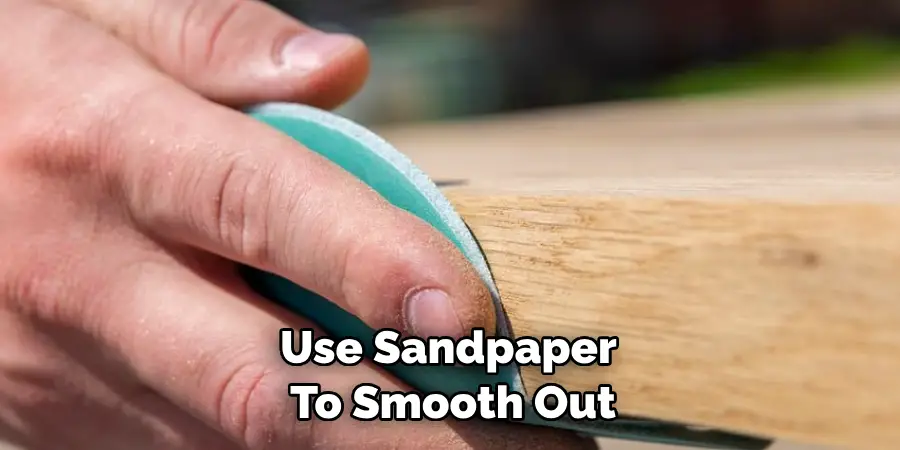
Following these steps will help ensure successful and accurate ripping of your boards with your circular saw. With a little practice, you’ll be an expert in no time! Have fun and happy woodworking!
Additional Tips and Tricks to Rip Boards With Circular Saw
Ripping boards with a circular saw can be tricky, so here are some additional tips to make sure you get the job done right.
- Before starting, make sure you’re wearing safety glasses and gloves. It’s also important that you use sharp blades for better precision.
- Make sure your board is clamped down securely. This will ensure your board doesn’t move while you’re cutting it and that you get an accurate cut.
- When setting up the saw, make sure to adjust the blade depth so that it only cuts through the top layer of wood.
- As you start to rip the board, keep steady pressure on the handle and guide it along the cutline.
- Take your time and go slowly so that you don’t accidentally veer off of the cutline or make an uneven cut.
- When you’re done with each cut, check to make sure it was even before continuing on to the next one.
- If necessary, use a sanding block to even out any rough edges.
- Finally, always remember to unplug the saw before changing blades or making adjustments.
Following these tips and tricks should help ensure that you get a smooth and accurate cut when ripping boards with a circular saw. Good luck!
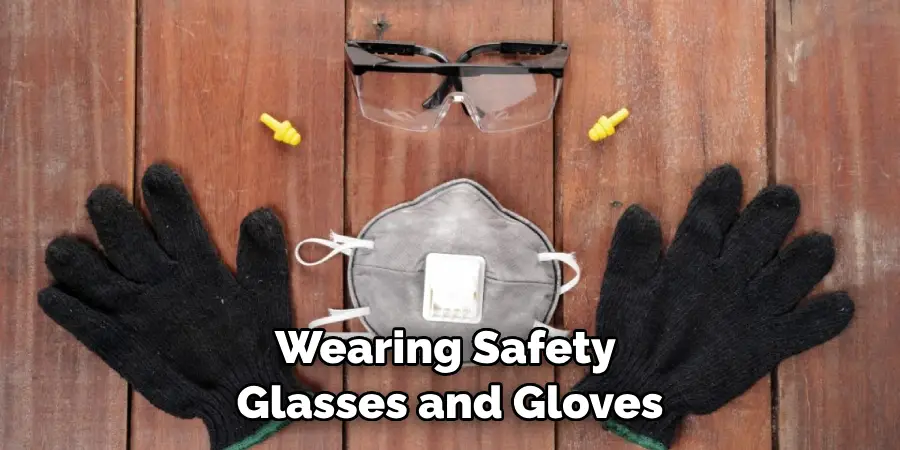
Things You Should Consider to Rip Boards With Circular Saw
- Safety should always be your first priority when using a circular saw. Make sure you wear protective gear, such as safety glasses and ear protection.
- Depending on the type of board you are cutting, it may require different blades or settings. Be sure to check with a knowledgeable person or reference materials before starting any project.
- Measure and mark the board twice before beginning to cut. This will help ensure that you get a straight cut and avoid making costly mistakes.
- When cutting, make sure you are holding the saw firmly as this can help keep it from jumping or binding in the wood. Additionally, using an accurate guide rail or miter gauge can also assist with getting a straight cut.
- It can be helpful to secure the board with clamps when cutting to help hold it in place and prevent kickback.
- Finally, if you are working with larger boards, consider using a jig saw instead of a circular saw as this will allow for more accurate cuts and less risk of injury.
Following these considerations should help make your ripping project easier and safer. With practice, you’ll soon be an expert in cutting boards with a circular saw!
Precautions Need to Follow for Ripping Boards With Circular Saw
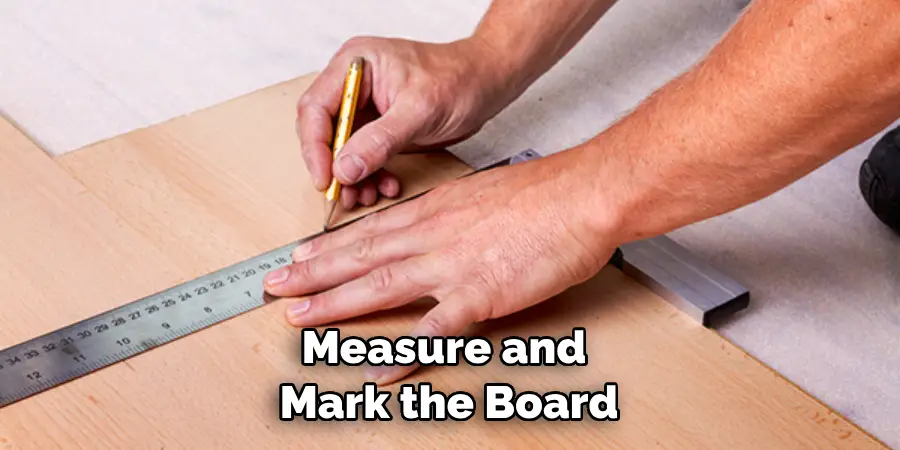
- Make sure that you are wearing safety glasses at all times during the ripping process. This will help protect your eyes from any flying debris or splinters created by the saw blade.
- Also, ensure that you are wearing gloves to prevent cuts and scrapes while handling the boards. It’s also a good idea to have a dust mask on hand, as breathing in sawdust can cause health issues.
- Make sure the area is clear of any obstacles that could get caught up in the blade or interfere with your cutting action. This includes ensuring there are no pets or children nearby.
- To reduce splintering, use a sharp saw blade and make sure it is properly aligned with the board you are cutting.
- When ripping boards, start the cut at one corner and gradually move the saw along the board until you reach the other side. It is important to go slow and steady with your cuts to ensure accuracy and avoid any kickback from the saw blade.
- Finally, always double-check that your measurements are correct before making a cut so you don’t end up with an incorrect size board.
The most important thing to remember when ripping boards with a circular saw is safety. By taking the proper precautions and following the steps outlined above, you can ensure that your project goes as smoothly as possible and that you stay safe in the process. Once you get familiar with the ripping process, it will become a breeze!
Frequently Asked Questions
What Type of Saw Blade Should I Use?
The best type of saw blade to use when ripping boards with a circular saw is one that has large, flat-topped teeth. This will give you a smoother cut and help to reduce splintering on the edges of your board.
Additionally, it’s important to make sure that the blade is sharp, as a dull blade can cause chipping and other issues. Be sure to read through the manufacturer’s instructions for changing or sharpening your saw blades in order to ensure that you are using the correct procedure.
How Do I Set Up My Saw For Ripping?
In order to set up your circular saw for ripping, you’ll need to ensure that the saw is mounted securely on a flat surface. This will help to prevent the saw from slipping while in use. Additionally, it’s important to set your blade depth so that it is slightly deeper than the width of your board.

If necessary, you can also adjust the angle of the blade to achieve a more precise cut line. Finally, make sure to double-check your measurements before beginning to cut in order to prevent any accidents.
Are There Any Tips To Make Ripping Easier?
When ripping boards with a circular saw, it can be helpful to use a straight edge and clamps when making long cuts. This will help ensure that you are able to get an accurate, straight-cut line.
Additionally, it’s important to remember to keep your body clear of the saw blade at all times in order to avoid any potential accidents. Finally, make sure to take frequent breaks during longer cutting projects as this will help prevent fatigue and ensure that you are able to get a better result.
Conclusion
Using a circular saw to rip boards is an easy and efficient way of getting the job done right. All DIYers should familiarize themselves with the steps and safety precautions needed to make sure everyone can operate them safely and effectively. It is especially important to keep all fingers away from the blade while in use.
Remember to always wear safety gloves, long-sleeved clothing, safety glasses, and ear protection during the process too! With practice, you can get even cleaner cuts and accurate results each time. Now that you know a few basic tips on how to rip boards with a circular saw, nothing will stop you from upcoming projects which involve woodworking or carpentry tasks.
Be confident with your abilities as now you have everything you need in order to do a DIY project like ripping boards with a circular saw! So why not give it a try? Get out your circular saw and start ripping those boards today – How to Rip Boards With Circular Saw!

